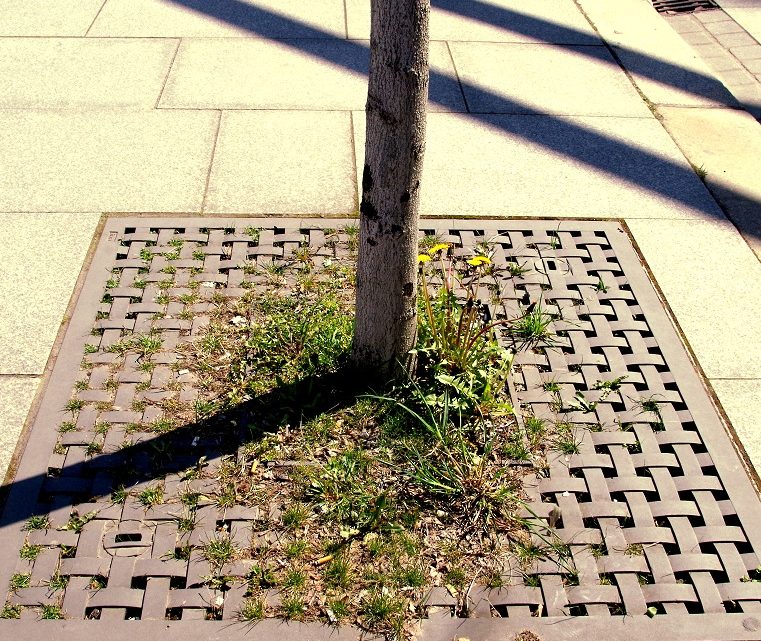
Infiltrating trenches/cells ; tree trenches
Infiltration cells/trenches and gravel drains (with an overlying swale, as deep bed or tree planting pit) reduce runoff rates and volumes by retention/detention and therefore can help replenish groundwater and preserve base flow in rivers. They treat runoff by filtration through the substrate in the trench and subsequently through soil. They are effective at removing pollutants and sediment through physical filtration, adsorption onto the material in the trench, or biochemical reactions in the fill or soil. Near trenches pavements can be built, or places of recreation and sport activities.
Check out the RAINMAN good practice examples:
no good practice example available
READ MORE:
- Office International de l’Eau (2015): Natural Water Retention Measures, URL: http://nwrm.eu (19.03.2020): infiltration trenches
- Ewelina Siwiec, Anne Maren Erlandsen, Haakon Vennemo (2018): City greening by rain gardens – costs and benefits, in: iOS-PIB (ed.) Environmental Protection and Natural Resources, Vol. 29 No 1(75): 1-5, DOI 10.2478/oszn-2018-0001, URL: https://www.degruyter.com/downloadpdf/j/oszn.2018.29.issue-1/oszn-2018-0001/oszn-2018-0001.pdf
Sabine Scharfe, Saxon State Office for Environment, Agriculture and Geology


